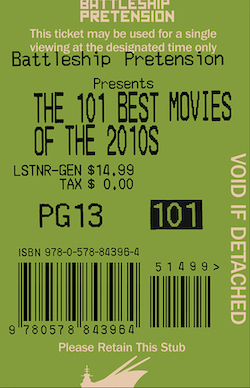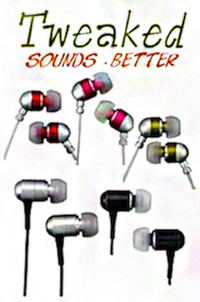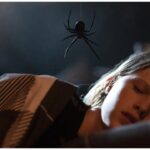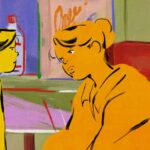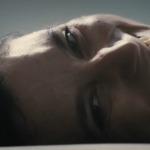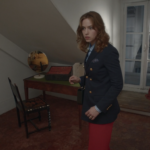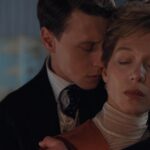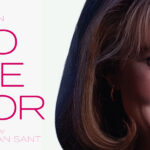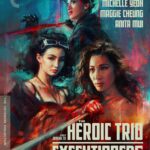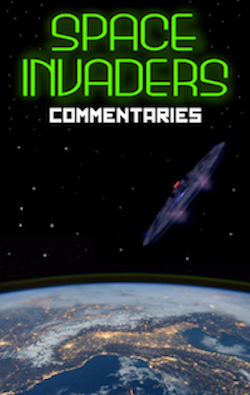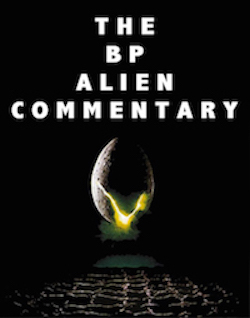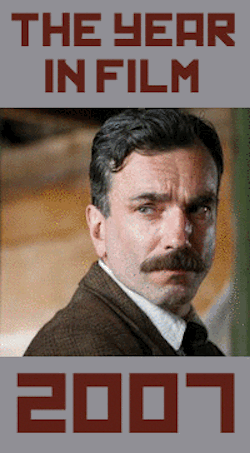Am I Blue? by David Bax
Abdellatif Kechiche’s Blue Is the Warmest Color is a very long movie. It’s, like, three hours long. Now, normally, when a movie is that long, it’s some big, sweeping adventure or historical drama. Blue Is the Warmest Color, however, is an intimate and closely observed relationship tale that, despite its faults, makes good use of its run time. It may not make three hours fly by but it also may not be designed to do so.
Adèle Exarchopoulos plays Adèle who begins the film as a high school student striking up a relationship with a boy at her school. Soon, though, she realizes that she is decidedly not feeling it and begins spending time with a slightly older lesbian woman named Emma (Léa Seydoux). Their friendship becomes romantic and their romance becomes, for Adèle, the kind of definitive first love of adulthood that will likely define the remainder of her life in ways great and small.
While ultimately, the film speaks to near-universal human experiences, the early sections where Adèle is in high school may be familiar for different reasons. Despite the arted-up presentation, the courtship scenes play like something out of the John Hughes playbook, with the impossibly cool Emma and Adèle’s impossibly uncool parents. Kechiche never makes a case that these sequences are simplified because they’re being filtered through Adèle’s young and less nuanced experience, though that would make sense. The feeling that this is all being done by the numbers nags.
Kechiche settles in once Adèle and Emma do. We see not only how they build a life together but particularly how the younger and more weak-willed Adèle forms her own identity around the stronger and more assertive Emma. This is how Adèle is becoming an adult and, whether this love lasts or not, this is likely who she will be for a long time to come.
Those weak-willed tendencies, though, cause one of the film’s problem’s (or potential problems, at least, depending on your taste and interpretation). Adèle’s trepidation and, as a result, the constant twirling and worrying of her hair become exhausting to the point that it’s unclear just how much we’re meant to sympathize with our protagonist. Emma’s insistence on what she wants all the time is not the most noble trait but it becomes tempting to admire her for her agency. Like with the earlier reliance on teen romance tropes, it’s never certain whether or not this unease about the lead is Kechiche’s intent and, if so, whether it’s a good choice.
Those who do want to throw their support behind Kechiche on the strength of his previous film, the invigorating The Secret of the Grain, will be pleased to know that the director’s attention to culinary indulgences carries over. If you don’t leave this film craving oysters or spaghetti bolognaise don’t have working taste buds. Or you’re vegetarian, which is totally cool.
Blue Is the Warmest Color may not be a sweeping, Technicolor epic but it comprises the entire length, breadth and depth of a single relationship from love to sex to food to heartbreak and back to love. What could be more epic than that?













